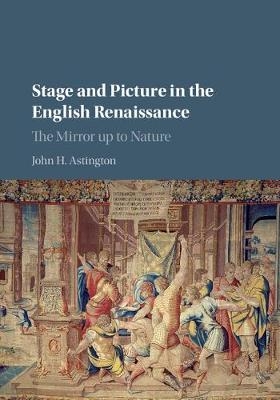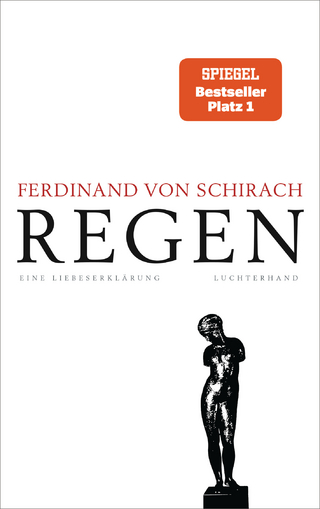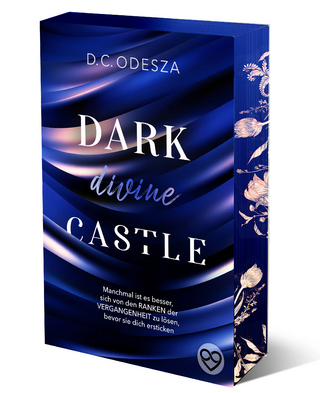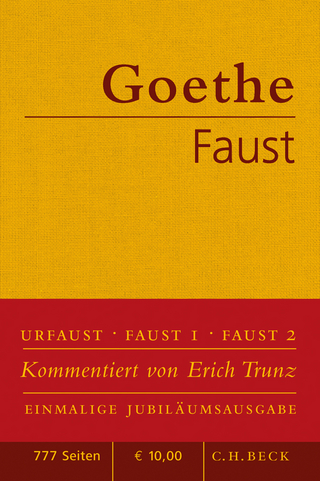
Stage and Picture in the English Renaissance
The Mirror up to Nature
Seiten
2017
Cambridge University Press (Verlag)
978-1-107-12143-0 (ISBN)
Cambridge University Press (Verlag)
978-1-107-12143-0 (ISBN)
This book presents a new approach to the relationship between traditional pictorial arts and the theatre in Renaissance England. Demonstrating the vast range of visual culture in evidence in the period, John H. Astington shows its pervading influence in the composition, production and reception of Renaissance English drama.
This book presents a new approach to the relationship between traditional pictorial arts and the theatre in Renaissance England. Demonstrating the range of visual culture in evidence from the mid-sixteenth to mid-seventeenth century, from the grandeur of court murals to the cheap amusement of woodcut prints, John H. Astington shows how English drama drew heavily on this imagery to stimulate the imagination of the audience. He analyses the intersection of the theatrical and the visual through such topics as Shakespeare's Roman plays and the contemporary interest in Roman architecture and sculpture; the central myth of Troy and its widely recognised iconography; scriptural drama and biblical illustration; and the emblem of the theatre itself. The book demonstrates how the art that surrounded Shakespeare and his contemporaries had a profound influence on the ways in which theatre was produced and received.
This book presents a new approach to the relationship between traditional pictorial arts and the theatre in Renaissance England. Demonstrating the range of visual culture in evidence from the mid-sixteenth to mid-seventeenth century, from the grandeur of court murals to the cheap amusement of woodcut prints, John H. Astington shows how English drama drew heavily on this imagery to stimulate the imagination of the audience. He analyses the intersection of the theatrical and the visual through such topics as Shakespeare's Roman plays and the contemporary interest in Roman architecture and sculpture; the central myth of Troy and its widely recognised iconography; scriptural drama and biblical illustration; and the emblem of the theatre itself. The book demonstrates how the art that surrounded Shakespeare and his contemporaries had a profound influence on the ways in which theatre was produced and received.
John H. Astington is Professor Emeritus at the University of Toronto. His many publications centre on the theatre of the Renaissance and its cultural contexts, and his books include English Court Theatre 1558–1642 (Cambridge, 1999) and Actors and Acting in Shakespeare's Time (Cambridge, 2010).
Introduction; 1. Antique Romans; 2. Aeneas' tale to Dido; 3. Corn and camels; 4. The picture of we three; 5. Excellent morals; 6. A Mirror for Magistrates; 7. The theatre pictured; 8. Conclusion.
| Erscheinungsdatum | 02.06.2017 |
|---|---|
| Zusatzinfo | 12 Plates, color; 12 Plates, black and white; 52 Halftones, black and white |
| Verlagsort | Cambridge |
| Sprache | englisch |
| Maße | 180 x 254 mm |
| Gewicht | 760 g |
| Themenwelt | Literatur ► Lyrik / Dramatik ► Dramatik / Theater |
| Kunst / Musik / Theater ► Kunstgeschichte / Kunststile | |
| Kunst / Musik / Theater ► Theater / Ballett | |
| Geisteswissenschaften ► Sprach- / Literaturwissenschaft ► Anglistik / Amerikanistik | |
| Geisteswissenschaften ► Sprach- / Literaturwissenschaft ► Literaturwissenschaft | |
| ISBN-10 | 1-107-12143-4 / 1107121434 |
| ISBN-13 | 978-1-107-12143-0 / 9781107121430 |
| Zustand | Neuware |
| Haben Sie eine Frage zum Produkt? |
Mehr entdecken
aus dem Bereich
aus dem Bereich
Der Tragödie erster und zweiter Teil. Urfaust
Buch | Hardcover (2021)
C.H.Beck (Verlag)
10,00 €


